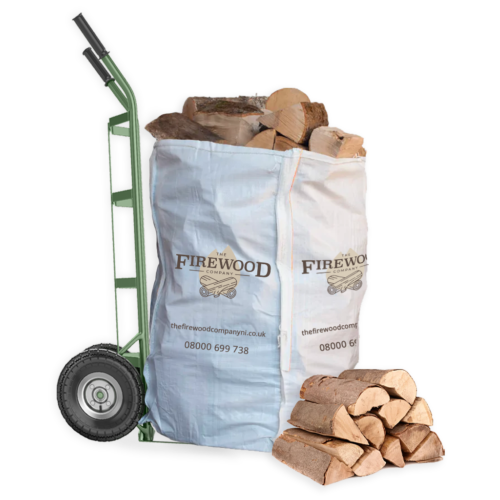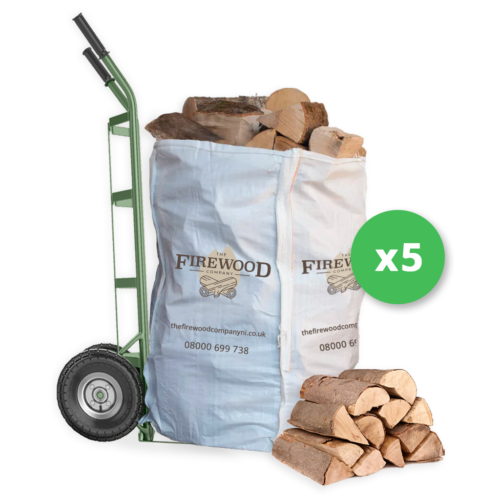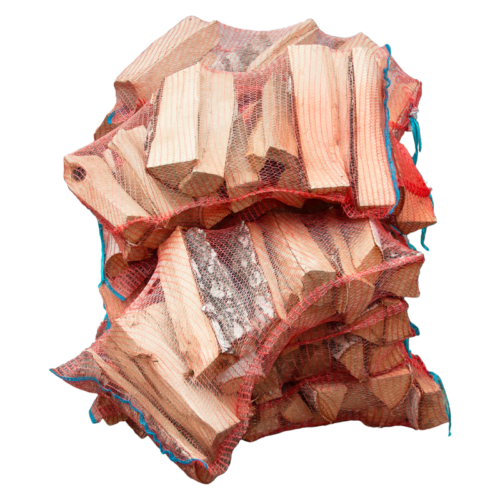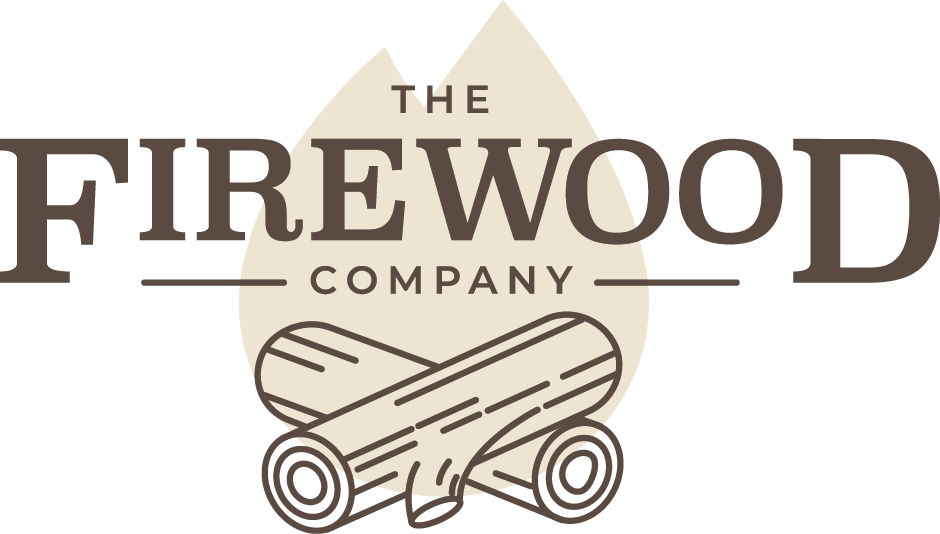Firewood for Fire Pits
Enjoy Outdoor Livingwith Safety and Style
Lighting up a fire pit in your back garden or on the patio means the day or evening just got longer, in the best way possible. Sitting around the fire, sharing a drink, stories or marshmallows can extend that summer evening or make that winter one bearable. The whole purpose of a fire pit is to allow you to continue enjoying the great outdoors even when the temperature starts to drop. And the best way to ensure you can do this is with logs that burn clean, hot and long.

What Type of Wood NOT to Use in Fire Pits
Don’t throw any old timber into your fire pit and hope to enjoy that evening experience. Not all timber is the same. Choosing the right type of wood to use in your fire pit can make all the difference. You want a hotter, more efficient fire, with less smoke and you want to ensure your fire doesn’t go out before you’re ready to go in. Make sure you don’t use pressure-treated wood, damp wood or wood which is likely to have any paint or varnish on it, as it can release harmful toxins. It’s important to choose properly treated, seasoned wood.
What type of wood is best for fire pits?
Both hard and softwoods can be used in fire pits. Softwoods burn faster and are easier to both split and get started. Kindling is usually made from softwood because it lights easily. But softwoods like pine with a high sap content can spit and send sparks flying and that might not be what you want in a fire pit. Denser hardwoods will burn slower and are generally regarded as a better source for heat and for cooking. A mixed bag of both hard and softwood logs can be a great choice for the fire pit. But whatever type of wood you choose, you need to make sure that it is dried and seasoned. Seasoned means that it has been allowed to dry for at least a year. Ideally, you want your logs to be seasoned for two years. Always use seasoned wood rather than wet or damp wood which has been recently felled. Wet or green wood will not produce as much heat and is much more difficult to burn.
How can you tell if wood is seasoned?
Seasoned wood looks, feels and sounds different than wet wood. The bark on seasoned wood is usually looser than the bark on wet wood. Inside, seasoned wood will looker lighter and drier. It will become lighter as it loses moisture content. And seasoned wood will also sound different if you knock two logs together. Seasoned wood will have a hollow sound whereas wet wood will give off more of a thud when knocked together. Always avoid wet wood and use seasoned wood instead.
Wood fire pit safety tips
Follow a few simple rules to ensure you enjoy your fire pit safely. Avoid using wood that spits or pops too much and send sparks flying. Also make sure you check the wind direction and strength. Make sure the seating is far enough away to allow people to get up and move around the fire pit safely. And keep children and pets at least three feet from the fire.
You can always call our team to arrange a delivery or for advice on the best type of wood for your needs.
Shop Firewood
-
A single barrow bag of hardwood logs (50cmx50cmx90cm). Locally sourced. Seasoned to below 18% moisture.
 Out of Stock
Out of Stock
-
Sale!5 Bags for the price of 4. 5 x barrow bag of seasoned hardwood logs. Locally sourced. Seasoned to below 18% moisture.
 Out of Stock
Out of Stock
-
A net bag of kindling for starting a fire.
 Out of Stock
Out of Stock







